How To Grow And Care For Tillandsia Ionantha (Air Plant)
Written by Ivy
Dec 22 2021
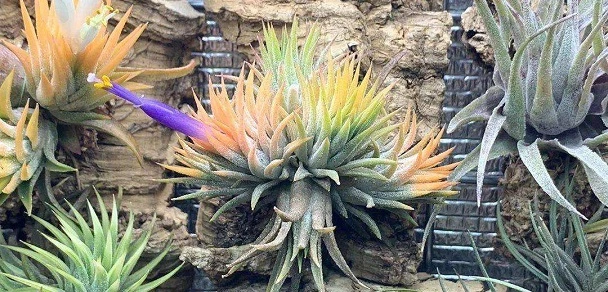
Tillandsia Ionantha (Air Plant), including nearly 550 varieties, has become the most diverse group in the bromeliad family. Tillandsia Ionantha is from South America. In 1753, Tillandsia ionantha was first discovered by Carolus Linnaeus, a Swedish botanist, and named after tillands, a Swedish botanist he admired.
Tillandsia Ionantha is the only plant on earth that is completely born in the air. It can grow luxuriantly without soil and bloom bright flowers. They have a wide variety and different forms. They can not only enjoy leaves, but also watch flowers. They have the advantages of good decorative effect and strong adaptability. Because Tillandsia ionantha has high ornamental value and is relatively clean and easy to take care of, it is the first choice to take into account the greening room and environment in a busy and fast-paced life. Therefore, more and more flower lovers have planted Tillandsia ionantha in recent years.
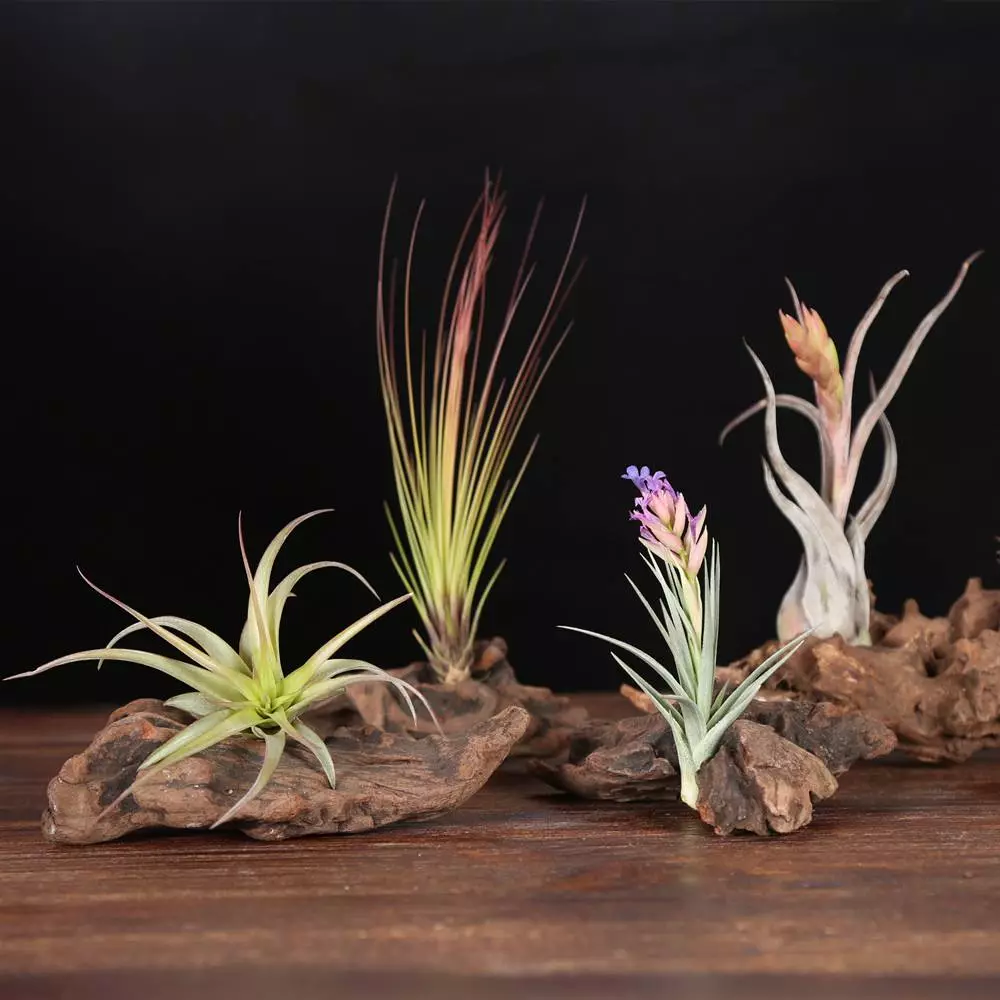
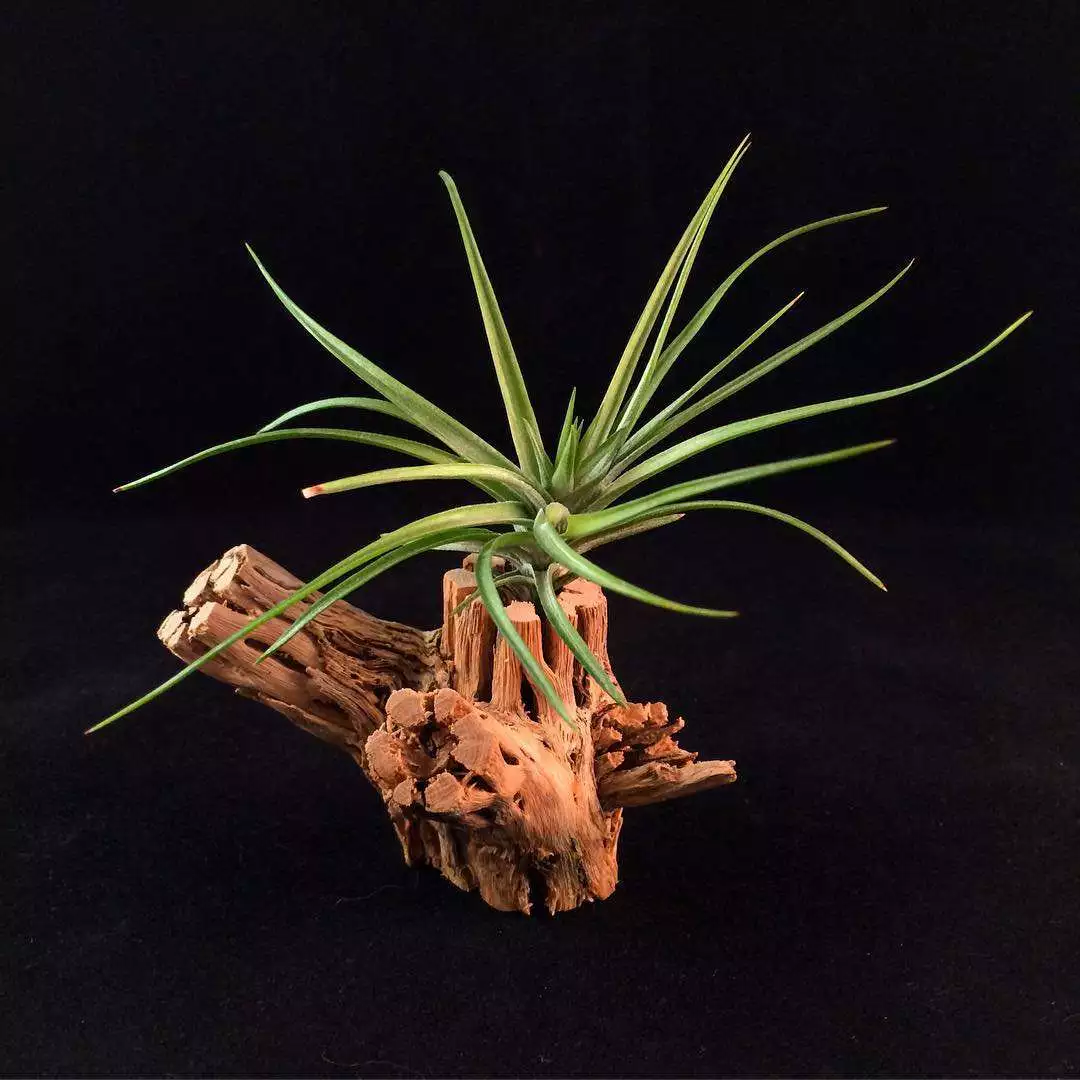
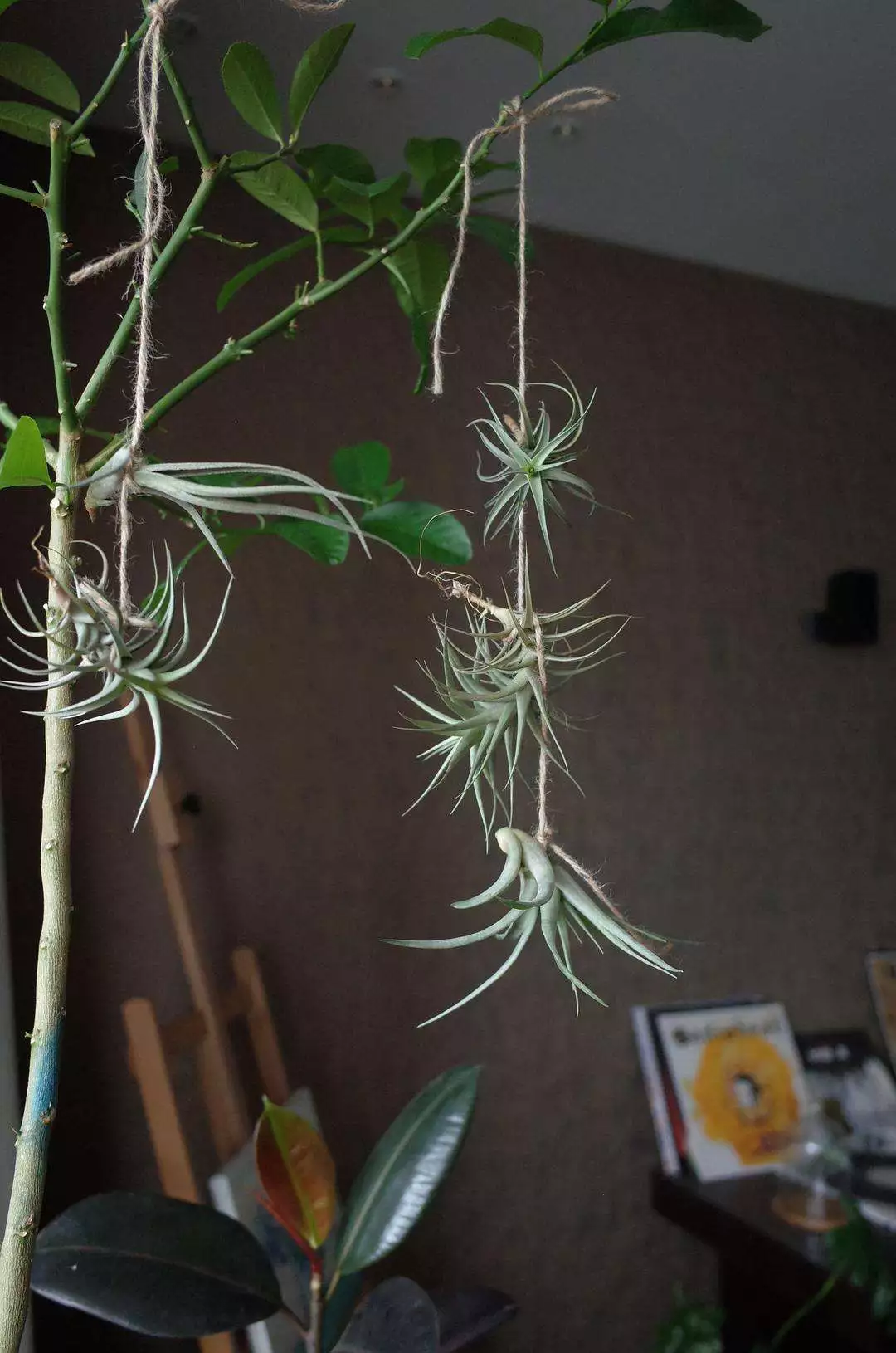
Tillandsia ionantha also has heart rot and root rot, which are common diseases. Heart rot is to destroy the long and tender leaves in the center of the plant, soften and rot the address, and eventually lead to the separation of the growth point and the whole plant. Root rot is a brown to black rot process in the root tip of the plant. Pay attention to the maintenance to avoid high temperature and humidity, and take ventilation measures to avoid ponding.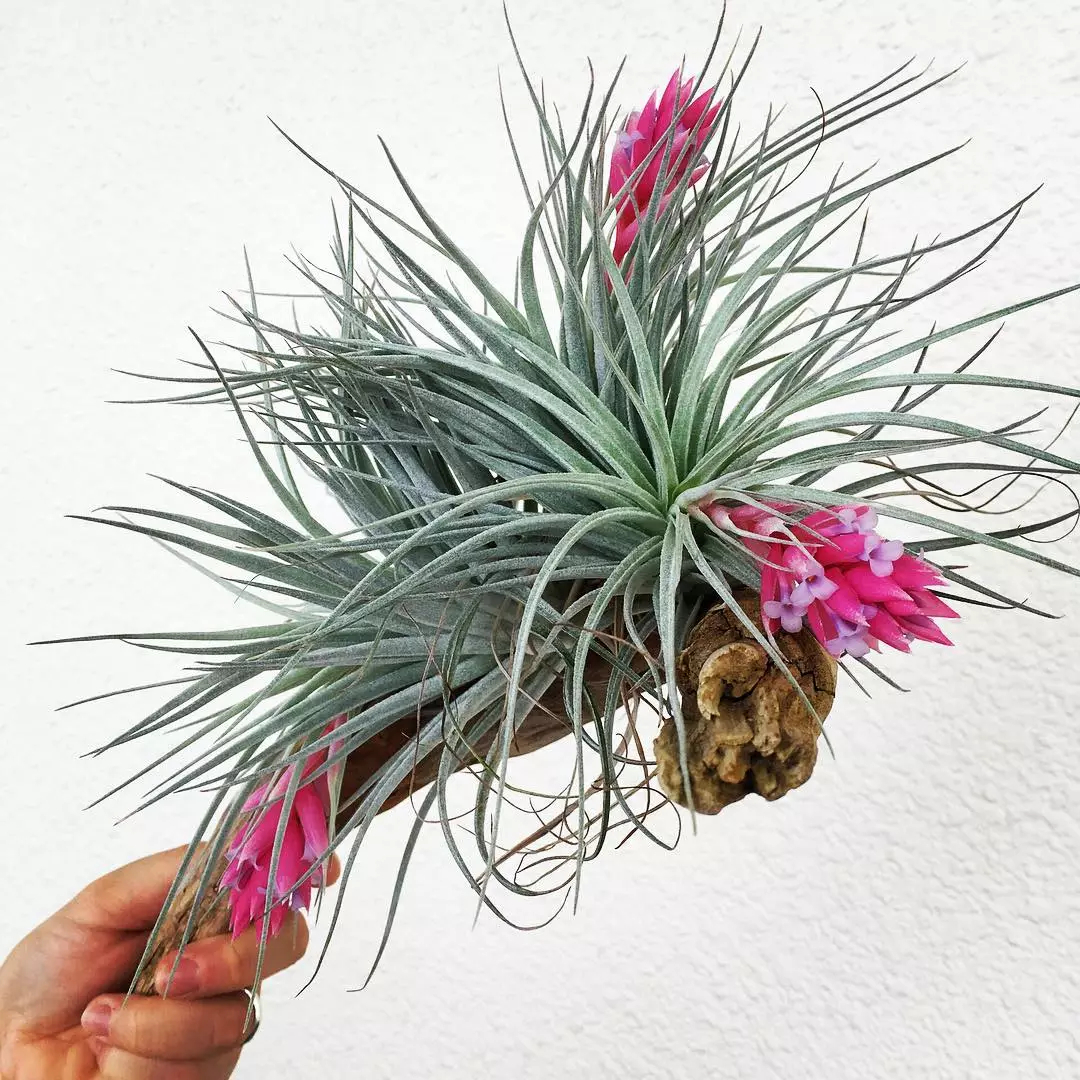
Tillandsia Ionantha is the only plant on earth that is completely born in the air. It can grow luxuriantly without soil and bloom bright flowers. They have a wide variety and different forms. They can not only enjoy leaves, but also watch flowers. They have the advantages of good decorative effect and strong adaptability. Because Tillandsia ionantha has high ornamental value and is relatively clean and easy to take care of, it is the first choice to take into account the greening room and environment in a busy and fast-paced life. Therefore, more and more flower lovers have planted Tillandsia ionantha in recent years.
Tillandsia Ionantha Quick InfoWhen to plant Tillandsia IonanthaWhen does Tillandsia Ionantha Bloom & HarvestTillandsia Ionantha Care in DetailTillandsia Ionantha WateringTillandsia Ionantha SoilTillandsia Ionantha LightTillandsia Ionantha TemperatureTillandsia Ionantha HumidityTillandsia Ionantha FertilizerTillandsia Ionantha PruningTillandsia Ionantha RepottingTillandsia Ionantha Pest & Disease ControlTillandsia Ionantha PropagationTillandsia Ionantha Benefits
Tillandsia Ionantha Quick Info
| Botanical/Scientific Name | Tillandsia Ionantha |
| Common Name | Air Plant |
| When to Grow/Bloom/Harvest | Hanging planters without soil |
| Uses | Reduce carbon dioxide in the air |
| Origin | West Indies, Mexico, and much of Central America and South America |
| Light Care | Indirect sunlight |
| Soil Care | Require no soil |
| Temperature Care | Between 50-90 degrees |
| Humidity Care | Around 65% |
| Watering | Once a Week |
| Pruning Care | Pruning roots |
| Fertilizer Care | Need little fertilizer |
| Propagation | Seed |
| Toxic | Non toxic to dogs and cats |
| Flower Color | Pink and blue flowers |

When to plant Tillandsia Ionantha
We can start sowing after getting the Tillandsia Ionantha seeds, but the process will be very long, which may take 3-5 years or even longer. During the period from March to November every year, seeds can be sown. Tillandsia Ionantha seeds can be placed in a humid environment, keep the temperature above 20 ℃, and give good scattered light for stuffy feeding. Generally, after 5 days, you can see that the seeds turn green, which is that the seeds begin to germinate.When does Tillandsia Ionantha Bloom & Harvest
Late autumn to early spring (origin) is the flowering period of Tillandsia Ionantha. Some varieties have a flowering period of several months, some only a few days; some varieties have fragrance; some varieties have columnar flowers, and some have petal flowers. The colors are mostly purple, but also white, blue, red, green, yellow, brown, etc.Tillandsia Ionantha Care in Detail
Tillandsia Ionantha Watering
The amount of water depends on the climate. The best way to water Tillandsia Ionantha is to spray the water. Note that there shall be no water in the leaf center. If the water in the leaf center exceeds 72 hours, it is easy to breed bacteria and microorganisms, and it will lead to leaf suffocation. If you don't water it, you must water it thoroughly. When too much water is sprayed, the plants can be turned upside down to dry the water. When the temperature is appropriate, it is recommended to spray water 2-3 times a week. If it rains, reduce the number of times. If it is hot, dry and windy, it is recommended to spray water every day. The spraying time is better at night or before the sun comes out in the morning. Don't spray water in the hot sun. When the leaves are wet, they will be damaged by the sun. In the strong light during the day, in order to prevent water loss, the stomata are closed and opened at night. At night, due to the temperature difference caused by cooling, the water vapor will condense on the plant to form water, which is then absorbed by the leaves. Therefore, watering should be done at night.
Tillandsia Ionantha Soil
The cultivation containers of garden Tillandsia ionantha mainly include shell, stone, dead wood, tree fern board, rattan basket, etc. they can be bound with iron wire and rope, pasted on the container with all-purpose glue and hot sol, or cultivated by hanging. They can be bound with copper wire or rope and hung in the air. If potted, coarse gravel and stone can be used as cultivation medium to fix the plant.Tillandsia Ionantha Light
Tillandsia ionantha's requirements for light vary with varieties. Varieties with hard and gray leaves need sufficient sunlight or strong scattered light, while varieties with green leaves can grow normally in semi shade or indoors. Tillandsia ionantha is drought resistant and strong light resistant. It grows well in warm, humid, sunny and ventilated places. Indoor cultivation should be placed close to windows or places with strong artificial lighting. If the light is insufficient, the plants will be slender, thin and dull. The most suitable growth environment is sunshade greenhouse. Direct sunshine is available from December to the end of March next year. When the weather is hot, it must be shaded and ventilated.Tillandsia Ionantha Temperature
Tillandsia ionantha can withstand low temperature of 0 ℃ and high temperature of 40 ℃. Most varieties will be frozen below 5 ℃, and plants will die below 0 ℃. The suitable growth temperature of Tillandsia Ionantha is 15-30 ℃. When it is higher than 25 ℃, ventilation should be strengthened to increase air humidity. In summer, when the weather is hot and the temperature is too high, pay attention to water spraying to humidify and cool down. In most parts of our country, open-air breeding can be carried out except in winter and early spring.Tillandsia Ionantha Humidity
After spraying water, it should be placed in a ventilated place to facilitate gas exchange during plant respiration. If the air humidity is above 90%, do not spray water. If there is long-term water shortage, the leaf tip is dry and the leaf curls, and the plant will shrink. The plant can be soaked in clean water for 2-3 hours, and then fished out after it has absorbed enough water to get rid of the residual water on the plant.
Tillandsia Ionantha Fertilizer
Tillandsia ionantha grows slowly, and improper fertilization will cause damage. Like magnesium, avoid boron and calcium. It is recommended to use soluble fertilizer, dilute 1000 times with water, dilute liquid fertilizer, and spray it on the leaf surface every 10 days or so. The plant can also be immersed in 3000-5000 times of fertilizer solution for 1-2 hours.Tillandsia Ionantha Pruning
If it is found that the leaves at the bottom of Tillandsia ionantha are dry or brown, it is also normal. It is necessary to cut off the dry leaves of Tillandsia ionantha. Be careful when pruning, because some side buds are hidden in the dry leaves.Tillandsia Ionantha Repotting
Tillandsia ionantha repotting is between early spring and late autumn. There is no definite time requirement for Tillandsia ionantha repotting in indoor cultivation. Tillandsia ionantha repotting can be carried out as long as the conditions are appropriate and the plant has yellow leaves Generally, seedlings or plants will be born from the base during or after flowering. At first, the seedlings depend on the trunk of 1000 mother plants to absorb nutrients, and gradually grow into 1 / 3 of the size of the mother plant in about 6 - 8 months. At this time, they can be separated from the mother plant and planted independently.Tillandsia Ionantha Pest & Disease Control
There are few diseases and pests in Tillandsia Ionantha, but problems may occur due to individual reasons in daily care. Like sunburn, it often occurs when the light is sufficient, but the operation is improper, the water spray is not dried in time, and the water droplets act as a convex lens to burn the leaf surface. But fortunately, it will not spread. Pay attention to ventilation and maintenance at ordinary times.Tillandsia ionantha also has heart rot and root rot, which are common diseases. Heart rot is to destroy the long and tender leaves in the center of the plant, soften and rot the address, and eventually lead to the separation of the growth point and the whole plant. Root rot is a brown to black rot process in the root tip of the plant. Pay attention to the maintenance to avoid high temperature and humidity, and take ventilation measures to avoid ponding.

Tillandsia Ionantha Propagation
There are two kinds of propagation: seed propagation and lateral bud propagation. A plant (a growth point) of Tillandsia ionantha can only bloom once in a lifetime. After flowering, Tillandsia ionantha will grow lateral buds, and the seedlings will gradually grow up by absorbing nutrients from the trunk of the mother plant. The group plants are formed by the combination of the mother plant and multiple generations of offspring plants and will not be separated.Tillandsia Ionantha Benefits
Tillandsia ionantha has the biological characteristics of absorbing harmful substances such as toluene and formaldehyde, absorbing carbon dioxide at night and purifying the air. Therefore, Tillandsia ionantha has positive environmental protection significance and can be widely used in indoor plant decoration.Latest Updated
- Benefits of Bugleweed - 7 Science-backed Health Benefits
- Bugleweed Dangers & Side Effects - Is It Poisonous?
- How to Plant Evergreen Trees - What You Should Know
- When to Plant Evergreens - Grow Guide for Evergreen Trees
- 12 Wonderful Evergreen Shrubs for Your Garden
- 12 Popular Evergreen Plants with Pictures for Beginners
- When And How To Prune A Lilac Bush Like a Pro
- How to Grow & Care for Lilac Vine (Hardenbergia Violacea)
- Japanese Lilac Tree (Syringa Reticulata) Care & Propagation Guide
- Shumard Oak Pros and Cons - What to Know
Popular Articles
- Winter maintenance of Antirrhinum Majus
- How to Grow Terminalia Mantaly Tree
- How to Grow and Care for Crossostephium Chinense
- How to grow Antirrhinum Majus in spring
- Peristeria Elata (Dove Orchid) Profile: Info & Care Guide
- Underwatered Snake Plant (Sansevieria Trifasciata) - Signs And How To Fix
- How to Care for Brazilian Jasmine Plant (Mandevilla Sanderi)
- How to Grow & Care for Graptopetalum Purple Delight in Summer
- Rosa Chinensis (China Rose): Plant Growing & Care Tips
- How to Care for Baby Sun Rose (Aptenia Cordifolia)